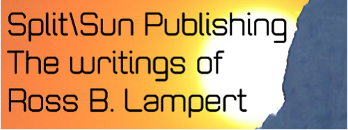In the last article, I identified the general questions critiquers want to ask about scene and story pace—does it vary, is it appropriate, and if not, what needs to change—and eight factors that affect pace: sentence and paragraph length, active or passive voice, dialogue versus narrative, tone, language, description, complexity, and what’s happening.
Now let’s apply the factors to the questions.
Does the Pace Vary?
As I noted last time, even the shortest piece may have a varying pace but once you get beyond the flash-fiction story or filler article, the pace has to change. Readers need changes of pace to keep their interest...
Read More









Recent Comments